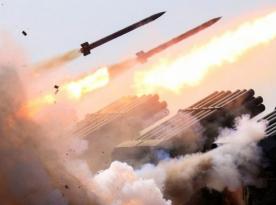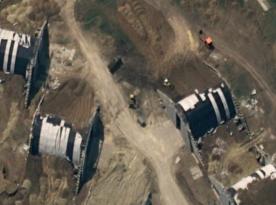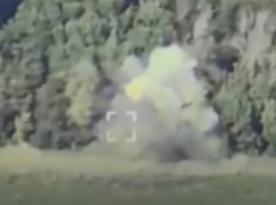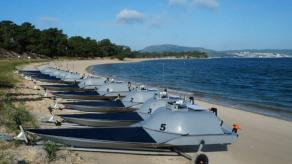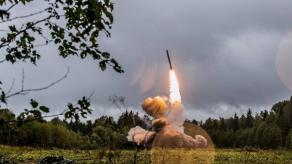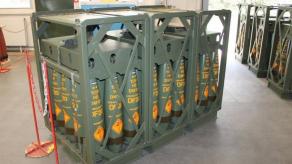The list of unrealized projects of the russian federation in the armored vehicle segment includes the BTZ-3 armored fuel tanker based on the BMP-1 infantry fighting vehicle. Work on it was carried out in the second half of the 1990s and early 2000s. Although this vehicle never went into production, it is now of some interest as a prototype, representing the implementation of the concept of a protected logistics vehicle based on a standard armored fighting vehicle.
The concept may be relevant in today's conditions, given the dominance of various UAVs on the battlefield, but with certain nuances.
Read more: Ukrainian Drones Hit High-Tech Military Facility Near moscow
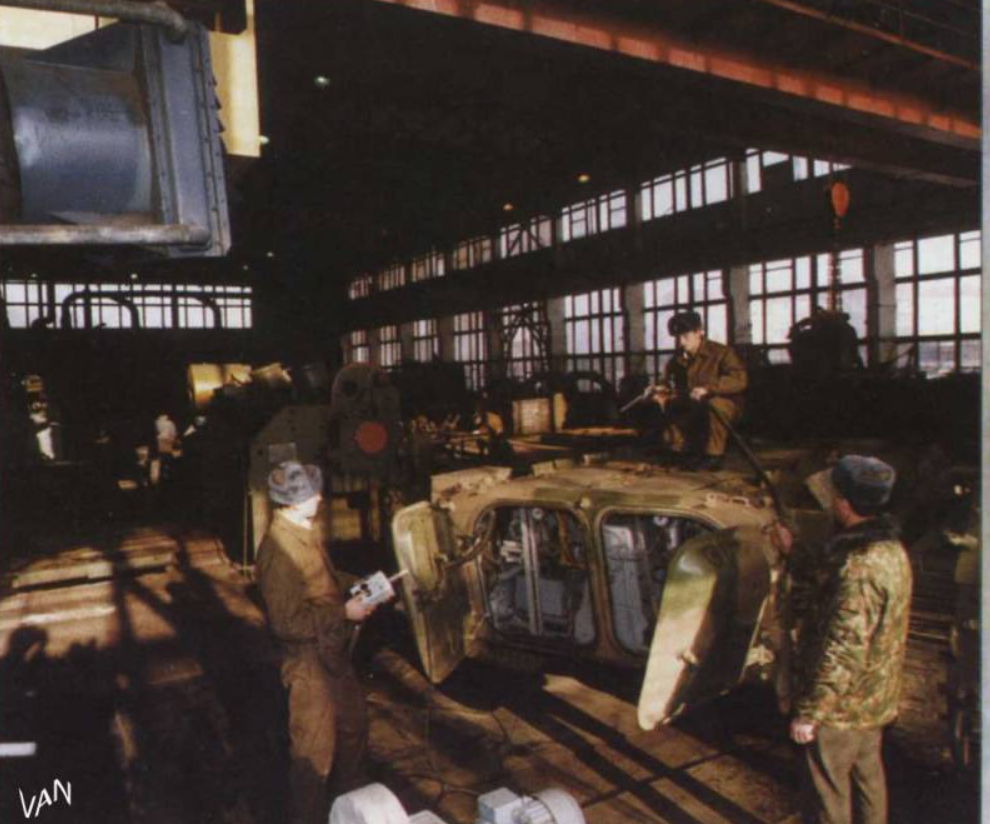
First, let's briefly talk about the history of the BTZ-3 project. The Soviet military considered the need for armored fuel tankers during the war in Afghanistan against the backdrop of successful attacks by Afghan mujahideen on the invaders' logistics convoys. However, russians later abandoned the idea of armored fuel tankers and decided to solve the problem by strengthening the security of logistics convoys.
russians began working directly on the BTZ-3 based on the BMP-1 during the war in Chechnya. At that time, russian the invaders faced a shortage of resources to protect their supply lines. Against this backdrop, the idea arose to convert the BMP-1 into a tracked fuel tanker.
Two prototypes of the BTZ-3 were manufactured. This vehicle differed from the standard BMP-1 by having its turret and troop compartment removed. The resulting space was used to install several fuel tanks with a total capacity of 3,000 liters, along with a 100-liter tank for lubricant. In all other aspects, the BTZ-3 was identical to the BMP-1.

The BTZ-3 tests were deemed successful, but the russian army did not adopt these vehicles. One of the prototypes ended up in one of the Patriot Parks, while the other was lost.
It is obvious why the russian military did not adopt the tracked fuel tanker based on the BMP-1. The base vehicle already had low survivability, yet the proposal included installing several fuel tanks with a total capacity of up to 3,000 liters. In the event of a direct hit, the result would be predictable.
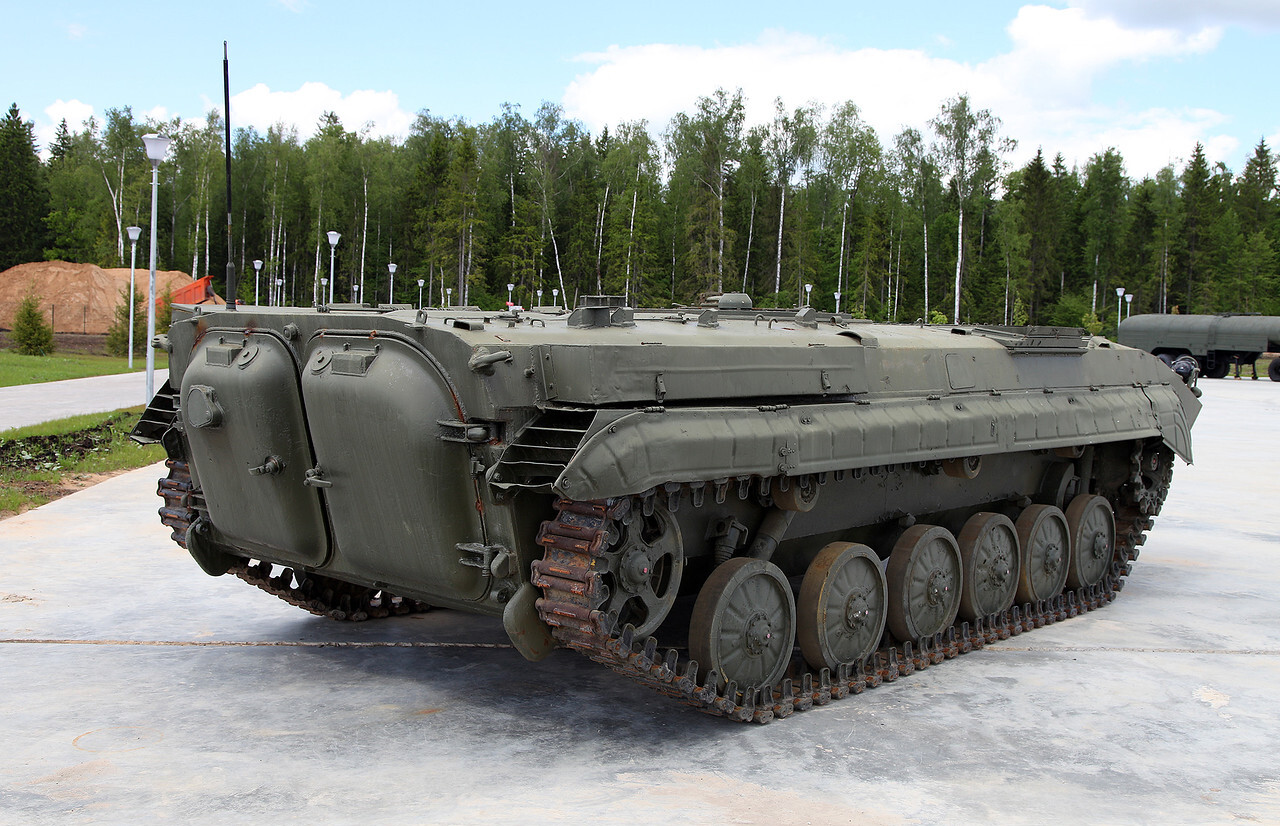
It is worth highlighting the underlying concept—a protected logistics vehicle based on an armored fighting vehicle. This concept may be increasingly relevant today, especially considering the growing impact of hostile drones on frontline logistics.
However, the practical implementation of such a concept, particularly in the context of the war in Ukraine, may be hindered by the simple lack of available armored vehicles suitable for conversion into protected logistics platforms.
Earlier Defense Express reported that a civilian VAZ-1111 car was transformed into a launcher for the russian Molniya drone.
Read more: russia Now Has Around 300 X-101, Iskander-K Missiles, Which Could Signal Significant Changes in Missile Strikes Against Ukraine





